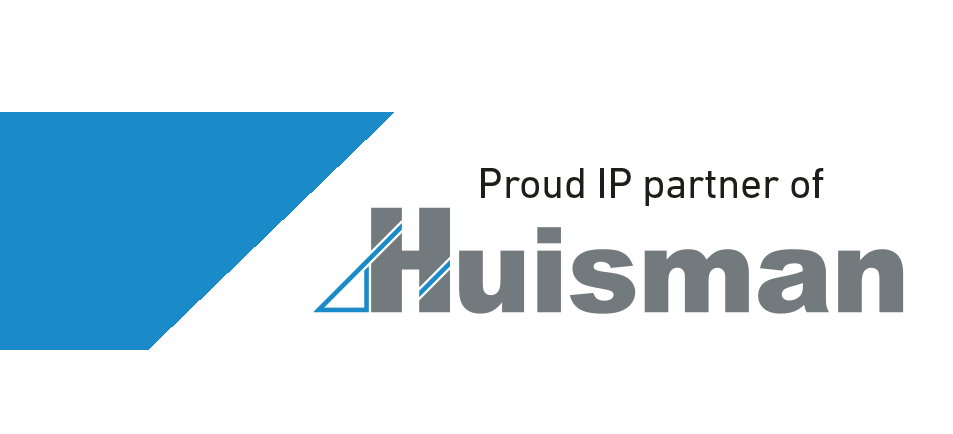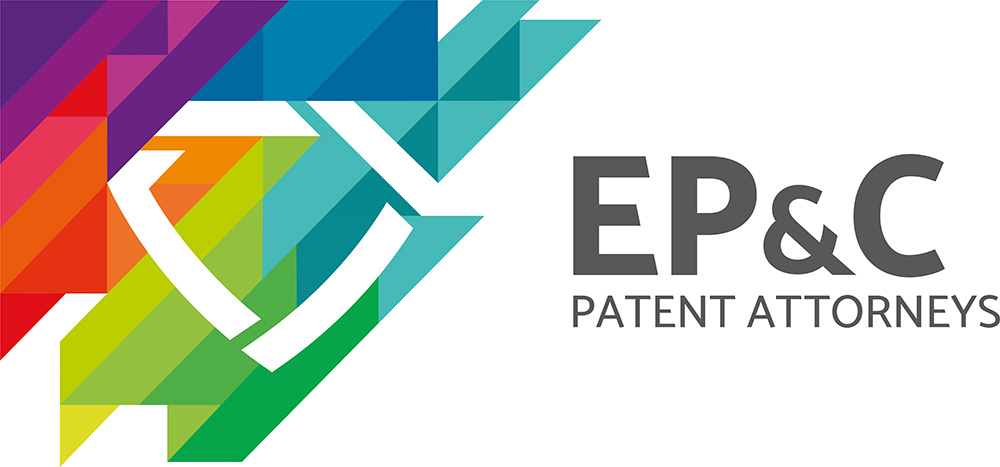 Inventing, calculating, testing, back to the drawing board, calculating, testing. The process of developing an innovation will cost your organisation a great deal of time and money. It is worth it though as a good solution to a problem will put your company on the map and give your business a boost. Just make sure you do not get bogged down in the technical details and perfecting your innovation and then forget to check whether your invention already exists. The latter will save you a great deal of time, money and frustration.
Inventing, calculating, testing, back to the drawing board, calculating, testing. The process of developing an innovation will cost your organisation a great deal of time and money. It is worth it though as a good solution to a problem will put your company on the map and give your business a boost. Just make sure you do not get bogged down in the technical details and perfecting your innovation and then forget to check whether your invention already exists. The latter will save you a great deal of time, money and frustration.
Technological developments evolve rapidly. New solutions to technical problems are being found all the time. This means that someone else may also have developed the innovation your company has been working on for years and may have already protected it. As a result of which you will have double bad luck as your invention already exists and you will be infringing someone else's patent when you finally complete your invention and start using it.
Consult a patent database
This disappointment can be prevented quite easily by making sure you consult a patent database in good time. There are two good reasons for doing so.
- Is patenting feasible?
First of all, it gives you a better insight into your innovation's raison d'etre. By consulting a patent database you can evaluate whether patenting is realistic. If your invention does not exist yet, then there is a good chance that a patent will be granted. If your invention does already exist or if there is something that resembles it the odds are probably different. - Are you at risk of infringing? If during your research you come across patents on innovations that are similar to yours, then there is not only a chance that you will not be granted a patent, but also that you will be infringing someone else's patent. That is a waste of the investment that your company has made in developing an innovation.
Examples
A patent database provides an overview of patents that have been granted worldwide. This is also referred to as 'prior art'. There are various databases in which you can browse to your heart's content. Personally, I have good experiences with Espacenet and Google Patents.
Espacenet is the European Patent Office's database. In this database, you can search through millions of patent publications worldwide. In Espacenet you can conduct a search based on a keyword in the title and in the summary of the publications. On the Netherlands Enterprise Agency website you will find an instructional video.
Google Patents is another excellent database to consult. The main difference compared with Espacenet is that this database searches the keyword entered in the full text of the patent document. You can enter everything directly into a window, such as the name of the applicant, the inventor or the publication number.
Your innovation already appears to exist
And what if you come across patents that seem to undermine your idea? Patents on inventions that are very similar to yours? I can imagine that you will then think: 'It already exists. That's really disappointing. A patent is out of the question'. However, that need not always be the case. Small differences can be significant and could mean that you can still get a patent. So don't be put off too quickly.
Always consult a patent attorney after conducting your research in the patent databases. As part of your research, you could, for example, select five patent publications that come closest to your idea. Your patent attorney will then be able to advise you on the basis of these whether you are really infringing or whether a patent is feasible. He or she will then draw up the final patent application for you to ensure that your intellectual property is properly protected. In short: use the databases to evaluate your chances and to avoid infringing. This will save your company a great deal of time, money and frustration. But don't give up too quickly either and always have an expert look at what you have found in the databases.
More information
If you would like more information on this topic or have any other questions about intellectual property and its protection, please feel free to contact me.
You can also chat with a patent attorney on our website. We are available daily at www.epc.nl to answer your questions. You can chat with us by clicking the two speech bubbles at the bottom right of the page.
Also read my colleague Kees Hollaar's blog here for more tips on applying for a patent.









